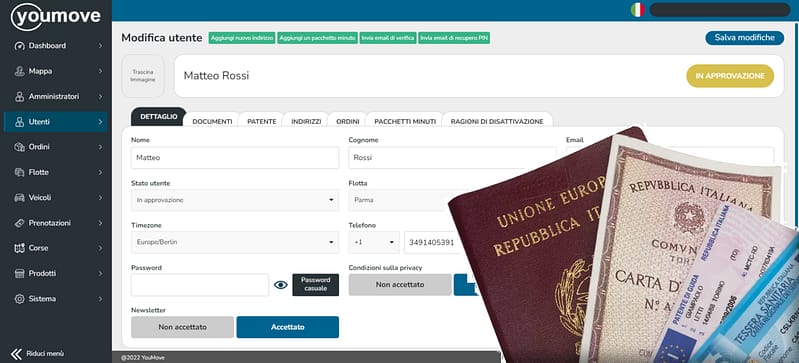Traveling in a car that is also used by other people? Why not, if you can save yourself a lot of worries and even a little money? Car sharing is one of the most popular formulas in recent years, especially in large cities. Entering a metropolis with your own car can become a nightmare if you are not used to it [source: Quotidiano Nazionale]
There are many alternatives that take us away from this task but not all of them are equally advantageous. In fact, for those who go to a city frequently, taxis or rental cars is definitely not recommended. However, there is a third way: let's see together what car sharing is and what bureaucratic requirements are needed to activate it.
Shared car without intermediaries
The shared car (car sharing) differs from the traditional rental for some fundamental characteristics. First of all you don't have to wait to open the rental business . The entire procedure for booking, picking up and returning the vehicle is carried out independently by the user. This is thanks to the platforms dedicated to the service by private companies or even by local authorities, as happens above all in advanced realities of northern Europe. In general, users are registered members of the service and at the time of use they are already authorized because the license to drive and the payment system are previously verified at registration time.
Using temporal extension is more flexible: car sharing can last for days like rental but also for a few minutes, just long enough to complete a task. Another feature that offers user advantages is the spread of shared cars which is almost always wider and more diversified within an urban context, unlike rental companies which concentrate the cars in a single location (tation based). It must also be said, and it is not unusual in the current delicate phase, that shared cars are not sanitized at every move as it happens, except for defaults, for rental companies.
Mandatory documents: differences between car sharing and rental
It is one of the main differences between the two formulas. There is no match between shared cars and rental cars. In the first case, it is sufficient to register on the reference platform, enter your personal data and the details of the identity document, provide your credentials on the payment system and undertake to comply to the letter with use conditions of the vehicle. On the other hand, for vehicles rented from authorized companies it is necessary to deliver a driving license, identity document, credit card (only the credit card allows the rental and not the normal debit cards).
But that is not all. Foreign driving licenses must be supported by an international license otherwise it will not be considered usable. In the case of long-term rental, the list further thickens. For company representatives, it will also be necessary to indicate VAT number, certificate from the Revenue Agency, IBAN, in addition to the usual identification documentation. For joint stock companies, it even requires the presentation of the latest company balance sheet and certification from the Chamber of Commerce.





